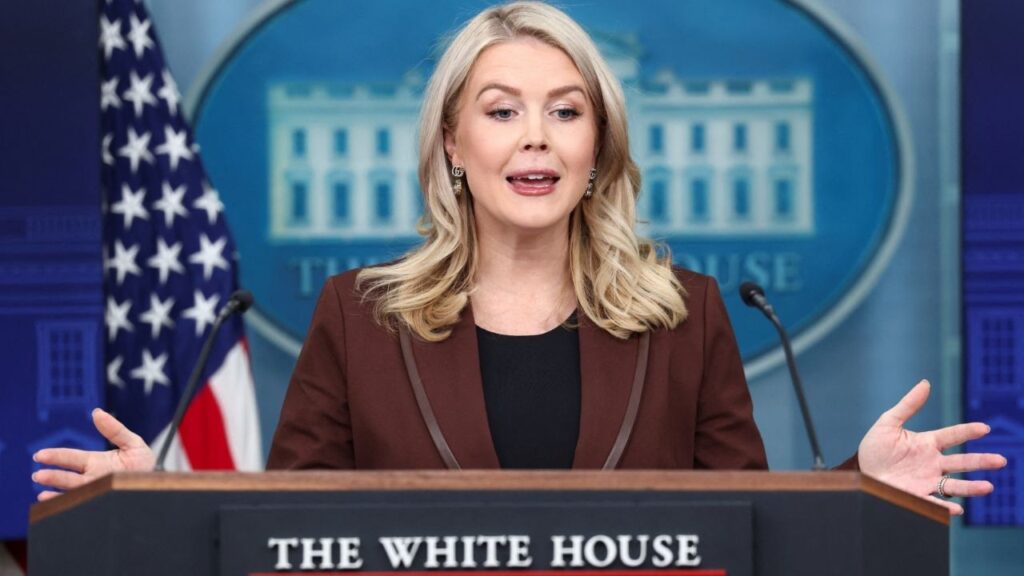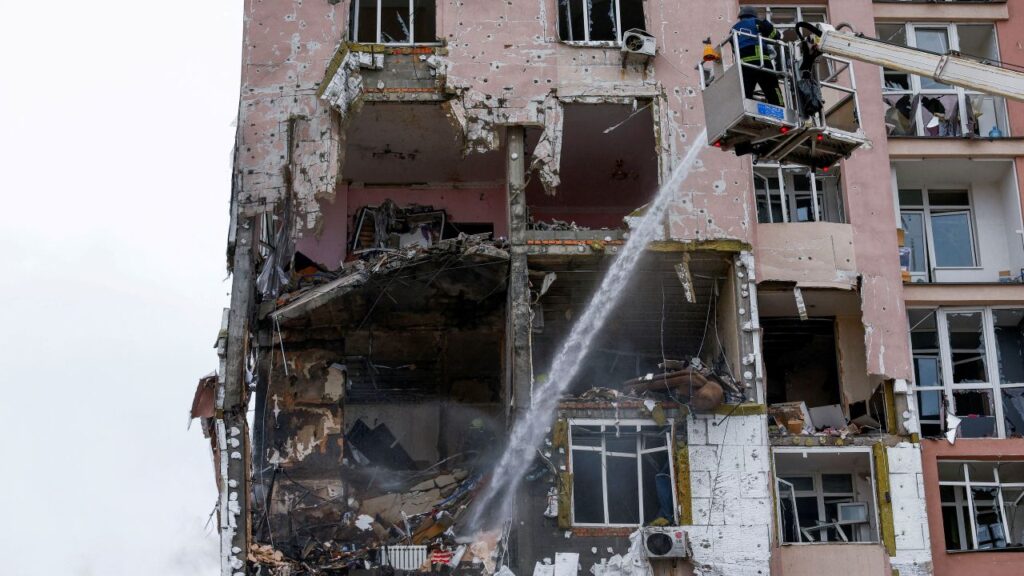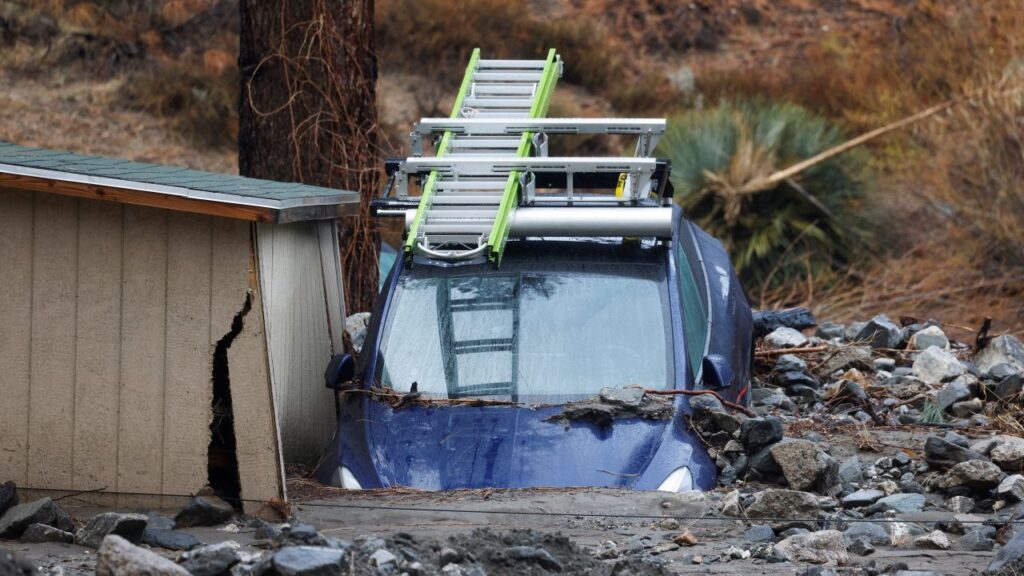Share
Russia claimed to have captured Mariupol on Friday in what would be its biggest victory yet in its war with Ukraine, following a nearly three-month siege that reduced much of the strategic port city to a smoking ruin, with over 20,000 civilians feared dead.
There was no immediate confirmation from Ukraine.
Russian Defense Minister Sergei Shoigu reported to President Vladimir Putin the “complete liberation” of the Azovstal steelworks in Mariupol — the last stronghold of Ukrainian resistance — and the city as a whole, spokesman Igor Konashenkov said.
Russia’s state news agency RIA Novosti quoted the ministry as saying that a total of 2,439 Ukrainian fighters who had been holed up at Azovstal had laid down their arms and surrendered since Monday, including over 500 on Friday.
The steelworks had been the site of fierce fighting for weeks. The dwindling group of outgunned fighters had held out in the plant, drawing Russian airstrikes, artillery and tank fire before their government ordered them to abandon its defense and save their lives.
The complete takeover of Mariupol gives Putin a badly needed military victory in the war he began on Feb. 24 — a conflict that was supposed to have been a quick and easy victory for the Kremlin but instead has seen the failure to take the capital of Kyiv, a pullback of its forces to refocus on battles in eastern Ukraine and even the sinking of Russia’s flagship of its Black Sea fleet, the Moskva.
Military analysts say the city’s capture at this point holds more symbolic importance than anything else, since Mariupol is already effectively under Moscow’s control and most of the Russian forces that were tied down by the drawn-out fighting have already left.
Russia had sought control of Mariupol, on the coast of the Sea of Azov, to complete a land corridor to the Crimean Peninsula, which it annexed from Ukraine in 2014, and free up troops to join the growing battle for control of the wider industrial Donbas region, home to an 8-year-old Moscow-backed separatist rebellion. It would also deprive Ukraine of a vital port.
The city endured some of the worst suffering of the war. An estimated 100,000 people remained from a prewar population of 450,000, many trapped without food, water, heat or electricity. Constant bombardment has left behind shattered and charred buildings in row after row of destroyed apartment blocks and ruined neighborhoods.
A maternity hospital was hit with a lethal Russian airstrike on March 9, producing searing images of pregnant women being evacuated from the facility.
A week later, about 300 people were reported killed in a bombing of a theater where civilians were taking shelter, although the real death toll could be closer to 600. Officials had written the word “CHILDREN” in Russian on the pavement outside to try to forestall an aerial attack.
Long traffic jams of cars snaked out of the city, filled with evacuees fleeing past checkpoints of Russian soldiers with heavy weapons who didn’t have time to search inside each vehicle in the convoys.
Satellite images in April showed what appeared to be mass graves near Mariupol, where local officials accused Russia of concealing the slaughter by burying up to 9,000 civilians. The imagery showed rows of graves stretching away from an existing cemetery in the town of Manhush, outside the port city.
Mariupol Mayor Vadym Boychenko accused the Russians of “hiding their military crimes” in the mass graves and labeled it “the new Babi Yar” — recalling the ravine in Kyiv where the Nazis massacred nearly 34,000 Ukrainian Jews during World War II.
It was not the first time Moscow has claimed to have captured Mariupol. At a joint appearance with his defense minister on April 21, Putin declared that “the completion of combat work to liberate Mariupol is a success.” Even though die-hard Ukrainian forces were still inside the Azovstal plant at that point, Putin ordered the military to seal off the complex “so that not even a fly comes through.”
After continued bombardment, Ukrainian President Volodymyr Zelenskyy said on May 16 the evacuation of his forces from the bunkers and tunnels beneath Azovstal was done to save the lives of the fighters.
“Ukraine needs Ukrainian heroes to be alive. It’s our principle,” Zelenskyy said.
The Azovstal complex covers 11 square kilometers (4 square miles) and is threaded with about 24 kilometers (15 miles) of tunnels and bunkers. Earlier in May, hundreds of civilians were evacuated from the plant during humanitarian cease-fires.
One civilian evacuee from Azovstal, who made it to the Ukrainian controlled city of Zaporizhzhia on May 3, said she went to sleep at the plant every night afraid she wouldn’t wake up. “You can’t imagine how scary it is when you sit in the bomb shelter, in a damp and wet basement, and it is bouncing and shaking,” said Elina Tsybulchenko, 54.
While Russia described the troops leaving the steel plant as a mass surrender, the Ukrainians called it a fulfilled mission.
Mykhailo Podolyak, an adviser to Zelenskyy, described the defense of Mariupol as “the Thermopylae of the 21st century” — a reference to one of history’s most glorious defeats, in which 300 Spartans held off a much larger Persian force in 480 B.C. before finally succumbing.
“The Azovstal defenders thwarted the enemy’s plans to seize eastern Ukraine, drew away enormous numbers of enemy forces, and changed the course of the war,” Podolyak said.
Deputy Defense Minister Hanna Maliar said Mariupol’s defenders gave Ukraine “critically important time to form reserves and regroup forces and receive help from partners. And they fulfilled all their tasks.”



















